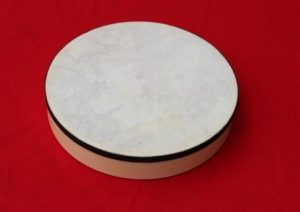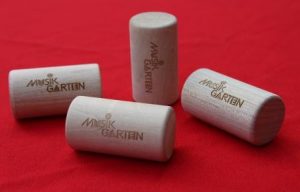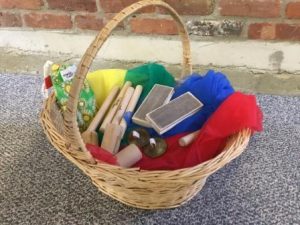Lets Face it. Teachers of early childhood music are not necessarily marketers. Their focus is on inspiring young minds and their adults to love, experience, and learn how to make music. But making a living teaching early childhood music can be a daunting task. Studio owners must not only keep their current music students engaged in learning, they must also keep a steady stream of new students signing up for new classes. When thinking about marketing for early childhood music studios, focusing on parents and parent education is key. The introduction of early music education is almost always initiated by the parents, and in most cases, by the mother. This conclusion is based on Musikgarten’s thirty plus years of experience in training teachers on how better to market their childhood music studios. Here are a few marketing ideas for early childhood music education programs:
- Focus on Word of Mouth Marketing – It is often said that Word Of Mouth Marketing, or WOMM, is the most important social media. Mothers always talk to each other about what is going on with their child, and there is no better way to gain new music students than referrals from happy moms. Early childhood music curricula such as those offered at Musikgarten include participation from one or two parents, which creates a social circle within your studio.
- Develop and Nurture a Referral Program – Some of the strongest leads come from referrals, because there is already a level of trust established before the initial contact is even made. With a strong social circle of parents established, marketing early childhood music programs can be as easy as offering an incentive for those parents to lead a new prospect to your music studio. It can be as simple as providing one free class for the referring parent once their referral attends a class. You will find that with an opportunity to offer value, some parents will become your best marketing partner.
- Offer a Test Drive – For anyone who has ever bought a car, you remember how it felt when you actually sat behind the wheel and drove it. The same can be said for marketing early childhood music education. While a referral can be a powerful marketing tool for your studio, sometimes it takes a little something extra to bring the prospect in the door. Consumers are leery of signing up for a commitment without knowing how they (or their child) will like it, so a no obligation, free first class might be just what you need to nudge them in the door.
- Combine Both Referral and Complimentary First Class – For music studio marketers, there is a low-cost way to create a program that provides incentive for both the referring parent as well as the new prospect. Simple, complimentary first class cards given to your current music studio parents, serves several purposes. First, by simply having them write their name on cards given out, they provide a means to accurately track which parents provides referrals. Second, they represent a tangible value that acts to remind both referral and parent alike of the complimentary lesson. Simple and low-cost business cards can be printed for this purpose.
Word of mouth is just one very powerful marketing tool for early childhood music studios, but it must be carefully nurtured. We’ve all heard the saying that a bad experience is shared ten times to every once a good experience is shared. It is important to make sure parents are comfortable and pleased with your music studio before asking them for a referral.
In this ongoing series of blog posts, Musikgarten will continue providing more marketing ideas for owners of early childhood music studios. If you would like to receive notification of a new blog post, please contact us by email here.










